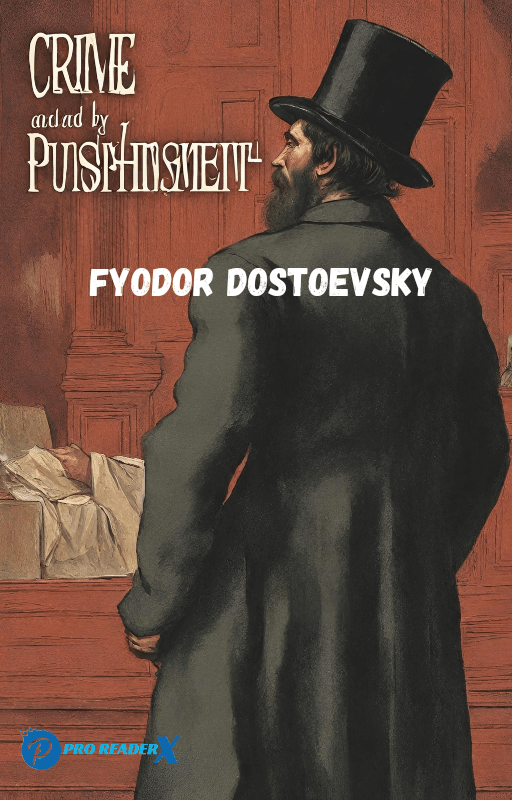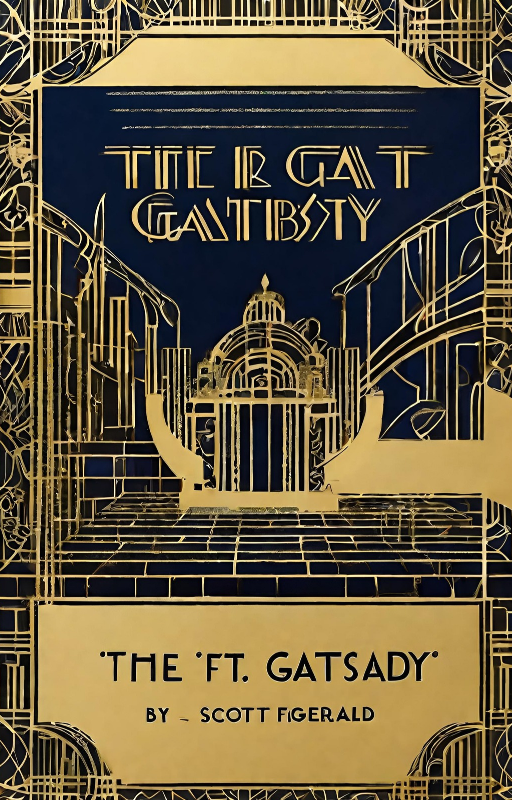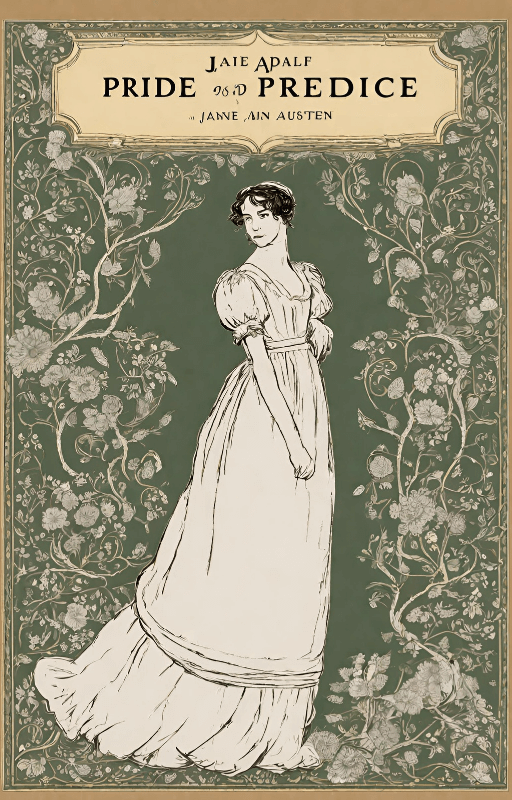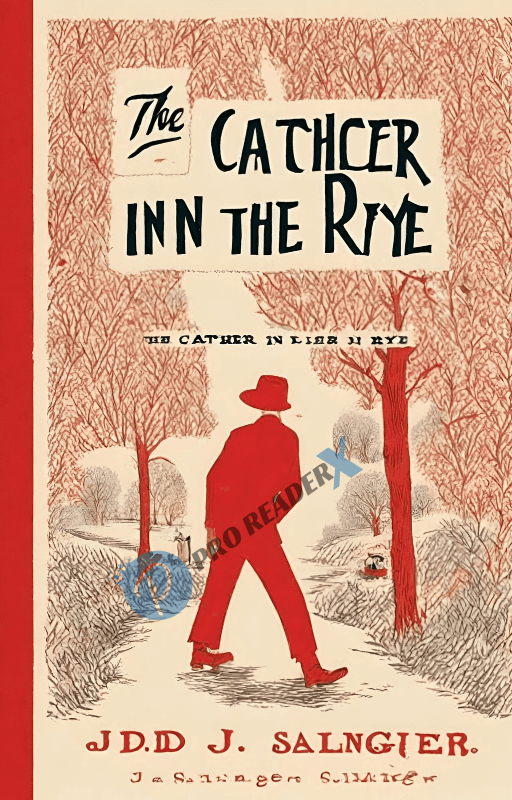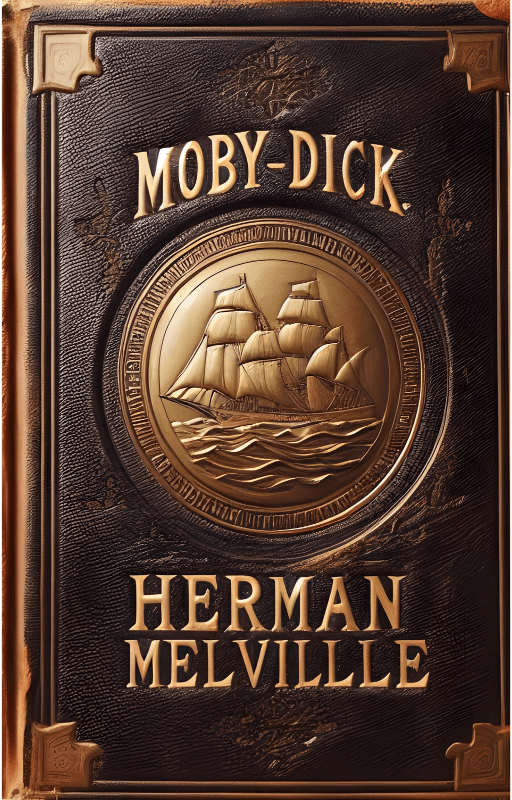Introduction
From the icy streets of St. Petersburg to the depths of the human soul, Fyodor Dostoevsky’s “Crime and Punishment” takes readers on an unforgettable journey through the complexities of morality, guilt, and redemption. In this article, we delve into the essence of this timeless masterpiece, exploring its plot, themes, characters, and enduring literary significance.
The Life of Fyodor Dostoevsky
Before we dive into the world of “Crime and Punishment,” let’s take a glimpse into the life of its brilliant creator, Fyodor Dostoevsky. Born in 1821 in Moscow, Dostoevsky endured a tumultuous life marked by personal tragedies, political upheavals, and brushes with death. His experiences deeply influenced his literary works, infusing them with raw emotion and existential angst.
Overview of “Crime and Punishment”
Published in 1866, “Crime and Punishment” follows the story of Rodion Raskolnikov, a destitute former student who grapples with the idea of committing a murder to prove his theory of extraordinary men. Set against the backdrop of poverty-stricken St. Petersburg, the novel explores the consequences of Raskolnikov’s actions and his subsequent psychological unraveling.
Plot Summary
Raskolnikov’s Inner Conflict
At the heart of the narrative lies Raskolnikov’s inner turmoil as he wrestles with his conscience and justifies his heinous deed. His encounter with Sonya, a downtrodden prostitute, serves as a catalyst for his moral awakening, leading him on a path towards redemption.
The Murder
Raskolnikov’s meticulously planned murder of Alyona Ivanovna, a pawnbroker, sets the wheels of fate in motion. However, his act of violence plunges him into a downward spiral of guilt and paranoia, ultimately consuming his sanity.
Psychological Turmoil
As Raskolnikov evades capture by the shrewd investigator Porfiry Petrovich, he grapples with hallucinations, feverish delirium, and existential despair. His inner demons manifest in vivid detail, exposing the fragility of the human psyche in the face of moral transgression.
Themes in “Crime and Punishment”
Guilt and Redemption
Central to the novel is the theme of guilt and the possibility of redemption. Raskolnikov’s journey towards atonement is fraught with anguish and self-reflection, highlighting the transformative power of remorse and forgiveness.
Poverty and Desperation
Dostoevsky paints a grim portrait of poverty-stricken St. Petersburg, where characters are driven to desperate measures in their quest for survival. The pervasive sense of deprivation underscores the harsh realities of urban life in 19th-century Russia.
Morality and Conscience
“Crime and Punishment” probes the depths of morality and conscience, challenging societal norms and ethical boundaries. Through Raskolnikov’s moral dilemma, Dostoevsky invites readers to confront their own beliefs about right and wrong.
Character Analysis
Rodion Raskolnikov
As the protagonist of the novel, Raskolnikov is a complex and enigmatic figure torn between his intellectual arrogance and moral vulnerability. His evolution from a disillusioned idealist to a remorseful penitent reflects the intricacies of the human condition.
Sonya Marmeladov
Sonya embodies purity and compassion in a world tainted by sin and suffering. Her unwavering faith and selflessness serve as a beacon of hope amidst the darkness, offering solace to Raskolnikov in his darkest hour.
Porfiry Petrovich
Porfiry Petrovich, the cunning investigator, serves as Raskolnikov’s intellectual adversary, probing his psyche with relentless precision. His cat-and-mouse game with Raskolnikov adds a layer of suspense to the narrative, culminating in a gripping climax.
Literary Significance
“Crime and Punishment” stands as a towering achievement in world literature, heralded for its psychological depth, philosophical insights, and masterful storytelling. Dostoevsky’s exploration of the human condition continues to resonate with readers across generations, cementing its status as a literary classic.
Impact on Modern Literature
Dostoevsky’s influence extends far beyond his own time, shaping the course of modern literature and inspiring countless writers to delve into the complexities of the human psyche. “Crime and Punishment” remains a touchstone for authors seeking to explore the depths of human nature with honesty and empathy.
Conclusion
In conclusion, “Crime and Punishment” remains as relevant today as it was over a century ago, offering readers a profound meditation on the nature of guilt, redemption, and the enduring power of the human spirit.
FAQs
- Is “Crime and Punishment” based on a true story?
No, “Crime and Punishment” is a work of fiction, although it draws inspiration from Dostoevsky’s own experiences and observations of society. - What is the significance of the title “Crime and Punishment”?
The title reflects the central themes of the novel, exploring the consequences of criminal actions and the moral dilemmas faced by the characters. - Why is “Crime and Punishment” considered a classic?
“Crime and Punishment” is celebrated for its psychological depth, philosophical themes, and compelling narrative, making it a timeless masterpiece of literature. - What message does Dostoevsky convey through “Crime and Punishment”?
Dostoevsky delves into the complexities of human nature, exploring themes of morality, guilt, and redemption, while also critiquing the social and political landscape of 19th-century Russia. - What other works by Dostoevsky would you recommend for fans of “Crime and Punishment”?
Fans of “Crime and Punishment” may enjoy exploring Dostoevsky’s other novels, such as “The Brothers Karamazov,” “Notes from Underground,” and “The Idiot,” which similarly delve into the depths of the human psyche and existential angst.
